
In recent years, the topic of mental health has been a focal point in the media. Over the summer, “Inside Out 2,” an animated children’s film that features themes of mental health, was released and became a major success. This review contains spoilers for “Inside Out 2.”
If you managed to avoid the constant advertisements for “Inside Out 2” this summer and are unaware of the movie’s premise, it is as follows – Riley, the main character, has emotions that are represented as tiny humanoid creatures that live inside her head and help control her decisions. In “Inside Out 2,” Riley gains new emotions – Envy, Embarrassment, Ennui and Anxiety. Riley and her other emotions from the previous movie learn to navigate experiencing these new emotions.
I enjoyed the first “Inside Out” movie from 2015. I didn’t see it until I was already an adult but I still resonated with Riley’s character. So, I was excited with the announcement of “Inside Out 2,” especially given that one of Riley’s new emotions was anxiety. I thought it was a big topic for Disney to tackle in a kids’ movie but I had hope that the creators would handle it well.
Overall, I thought “Inside Out 2” was good, as it handled mature themes of mental health in a way that is easy for children to understand. Emotions can be frightening and confusing, especially when they change with age, but these movies humanize emotions in a way that is approachable for children. Introducing the idea of anxiety in a movie like “Inside Out 2” can help children recognize and identify when they are feeling anxiety, which is a big step in any mental health journey. Many people complain about how the topic of mental health has pervaded so much media and public discourse nowadays but I believe that representation in the media is important. When you see yourself or a part of yourself represented on screen in a positive way, it makes you feel validated and seen. A lack of representation can ostracize people and make them feel alone. Whether people want to admit it or not, mental health is a part of life and its representation in “Inside Out 2” is a good and healthy way to introduce the topic to kids.
There’s a very niche meme that circulated on Twitter a couple of years ago that poked fun at the frequent ‘realistic depictions of panic attacks’ in movies and TV shows, specifically in animated children’s movies. When it was announced that one of Riley’s new emotions would be anxiety, I could only think of this meme. I find this meme funny and accurate, as there has been an increased amount of children’s media in which a character has a ‘realistic panic attack.’
In “Inside Out 2,” Riley experiences extreme anxiety and has a panic attack at the climax of the movie. I was disappointed that the panic attack Riley experiences is the same kind of panic attack that is always represented in films – the character’s eyes go wide, they start breathing heavily, their eyes dart back and forth, they grab their chest and pull at their shirt, they start to cry, they grab their head and they gasp for air. In reality, there isn’t one way to have a panic attack, yet every panic attack in the media seems to follow the same exact formula. I always feel uneasy criticizing representation when so little of it exists. However, if we only see the same kind of panic attack over and over, people may come to believe that all panic attacks must occur in a certain way. I also fear this kind of representation desensitizes people to how severe a panic attack can be. I wish we could’ve gotten new representations of anxiety and panic attacks in “Inside Out 2.” However, the one thing I appreciated about Riley’s panic attack is she appeared to have calmed herself down by using grounding techniques, a real technique that can help ease anxiety.
While I liked “Inside Out 2,” another criticism I have is that the whole movie takes place over the course of three days, in which Riley develops anxiety and learns how to live with it in that time frame. I would’ve preferred to see something more long-term, as it’s unrealistic that her anxiety manifests and peaks in a 72-hour period. Watching anxiety gradually consume Riley over the course of months or a school year would have been more accurate and suspenseful. For that reason, I think the first movie is better, though the second one was still good.
No one is surprised that I could write another 1,000 words on this topic, but I am already writing an apology letter to my editor for the length of this review. So, I will wrap up my review with the following information: If you are struggling with anxiety or your mental health, the University of Central Missouri Counseling Center is free for students. You can get an appointment by walking in or calling 660-543-4060. The center is located in the Administration Building, Suite 102.


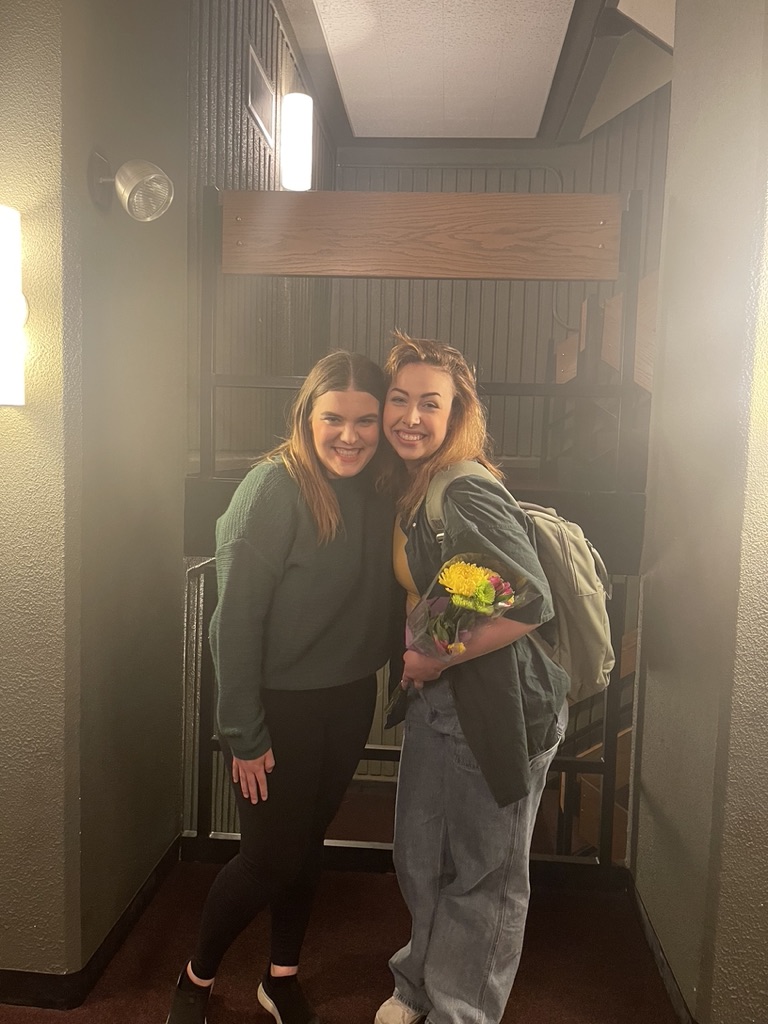





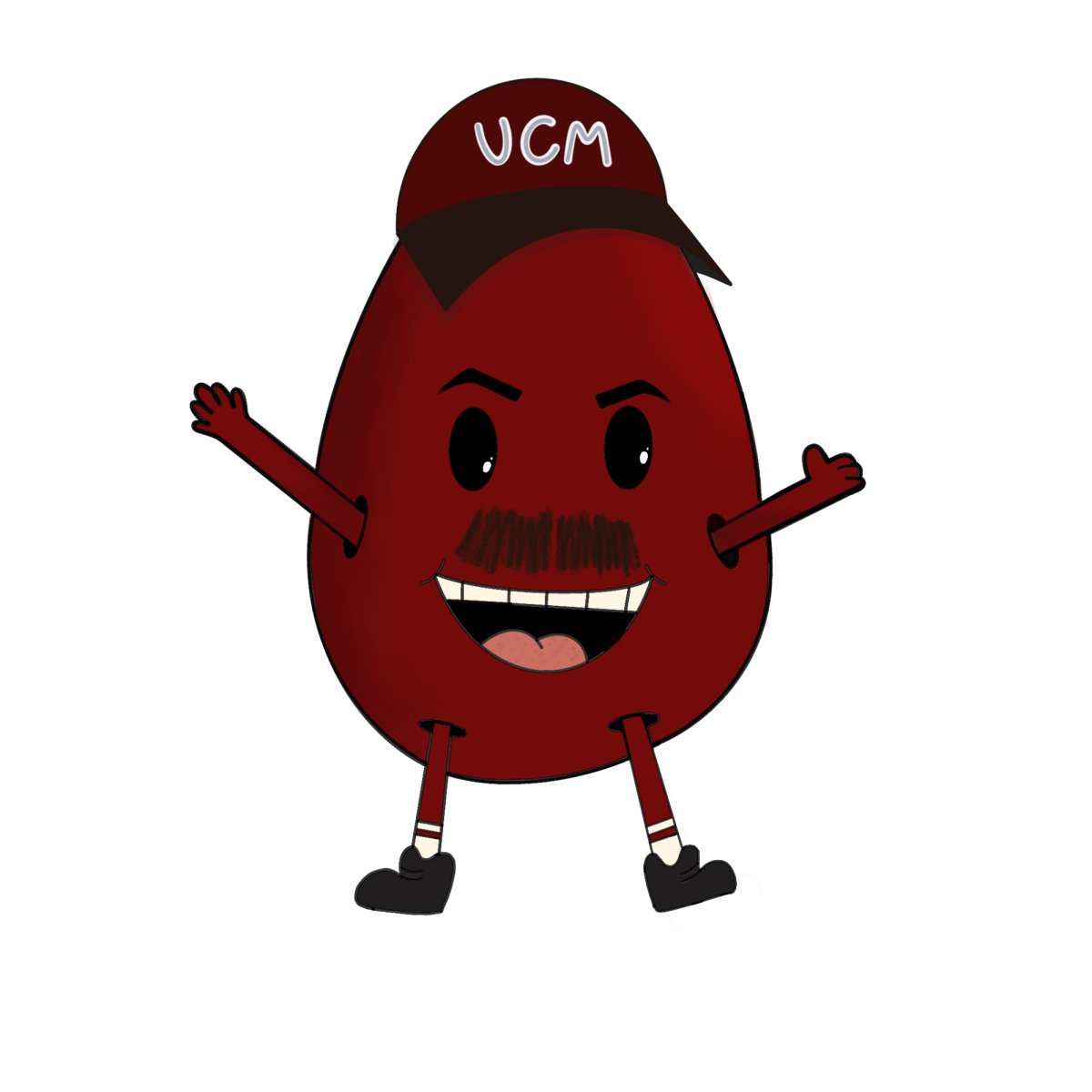


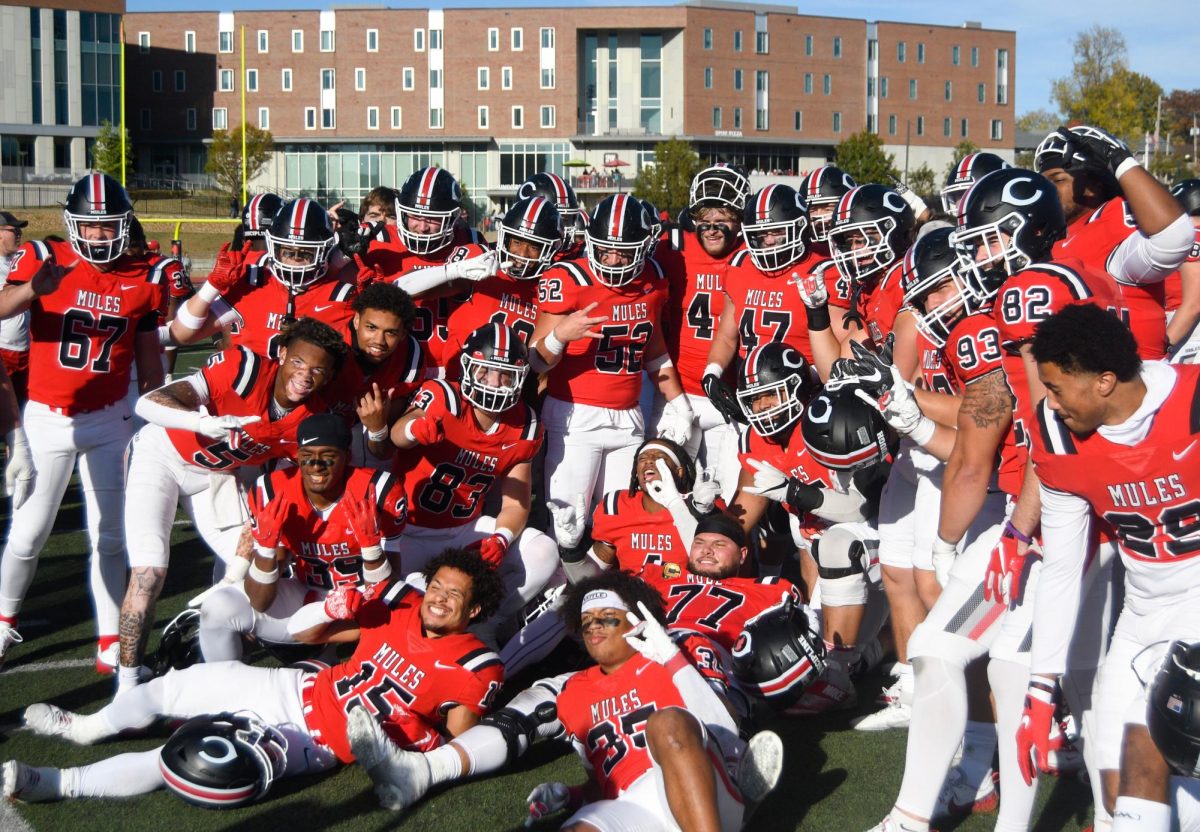
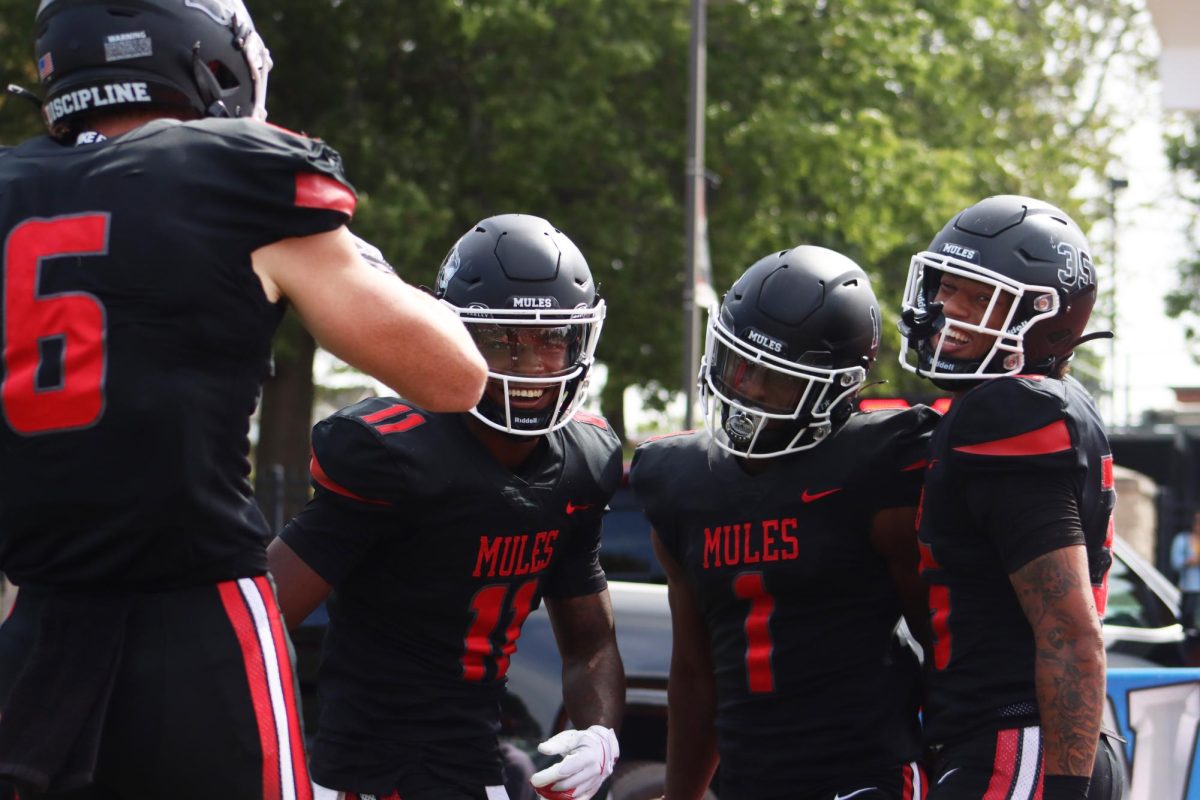




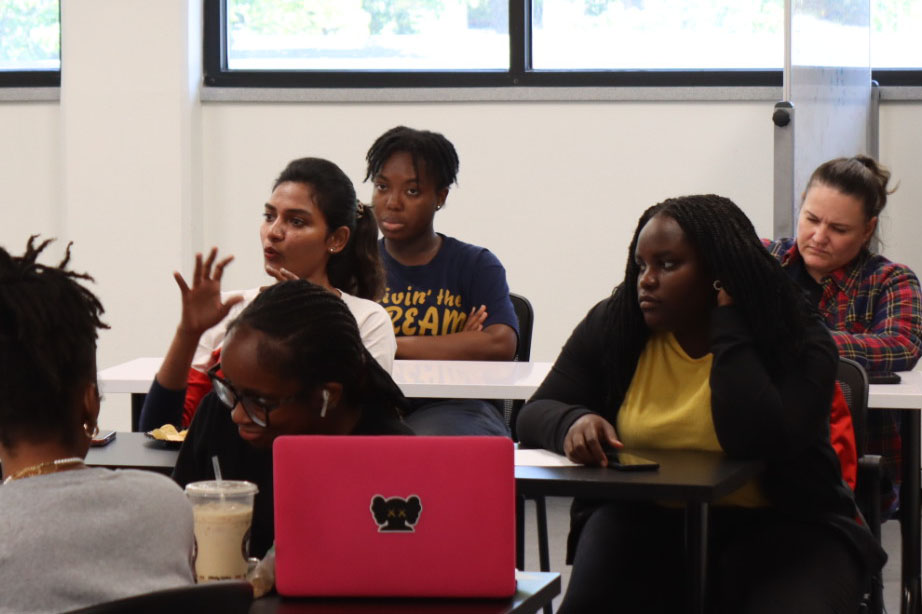



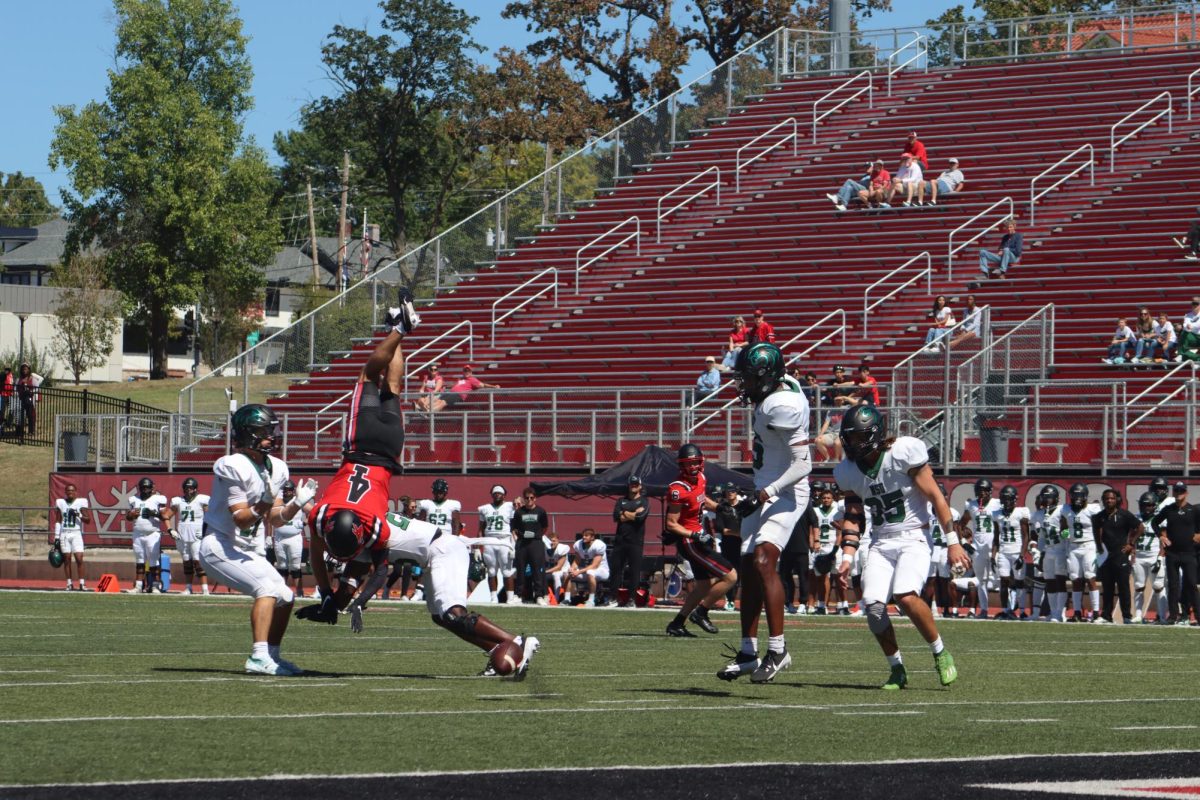

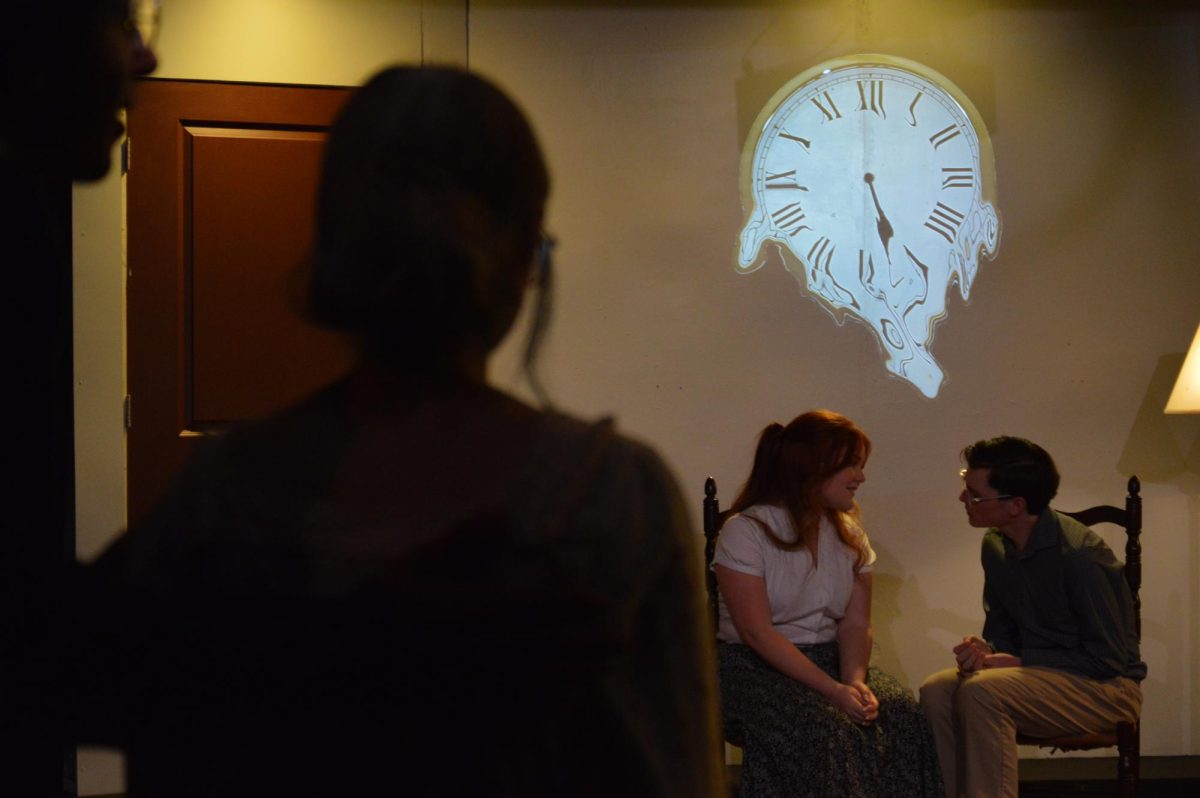

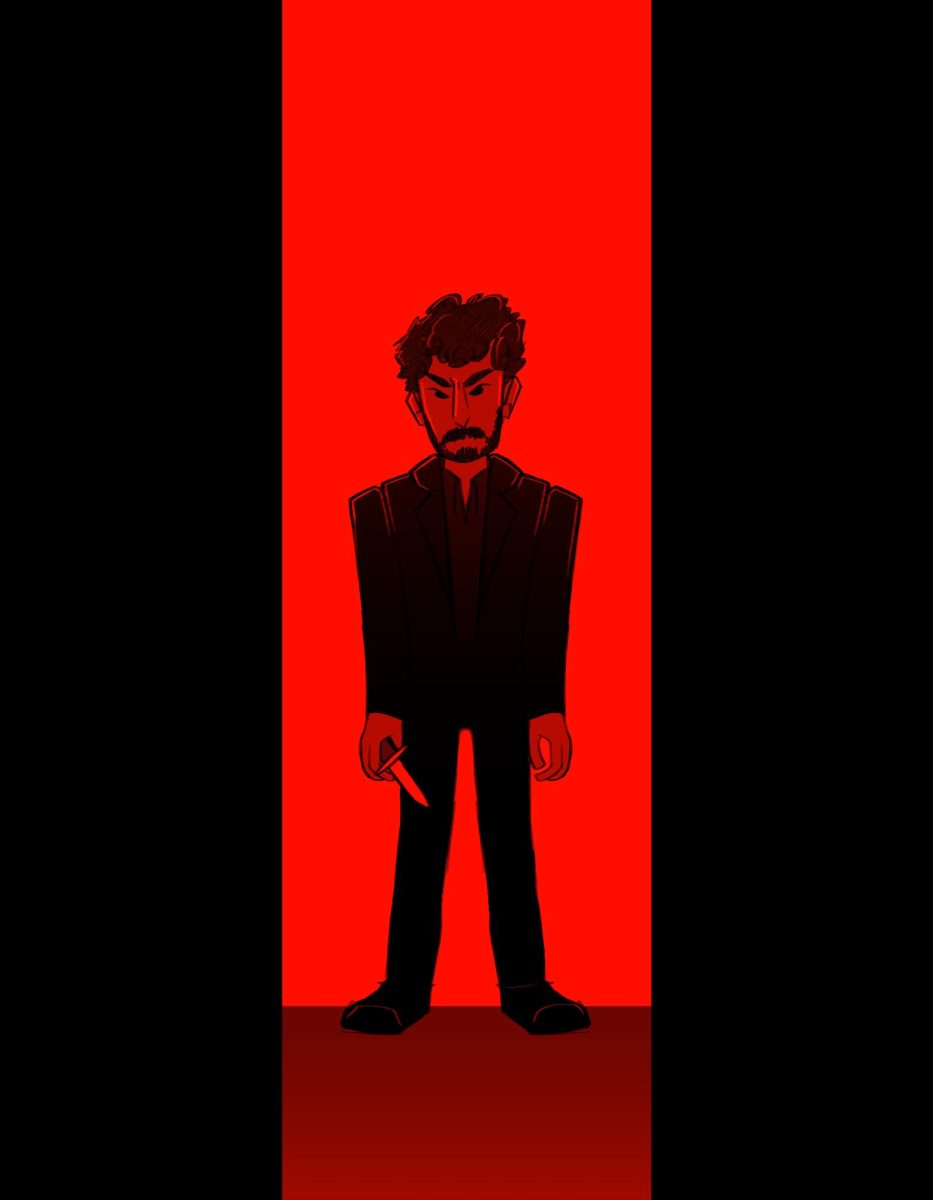
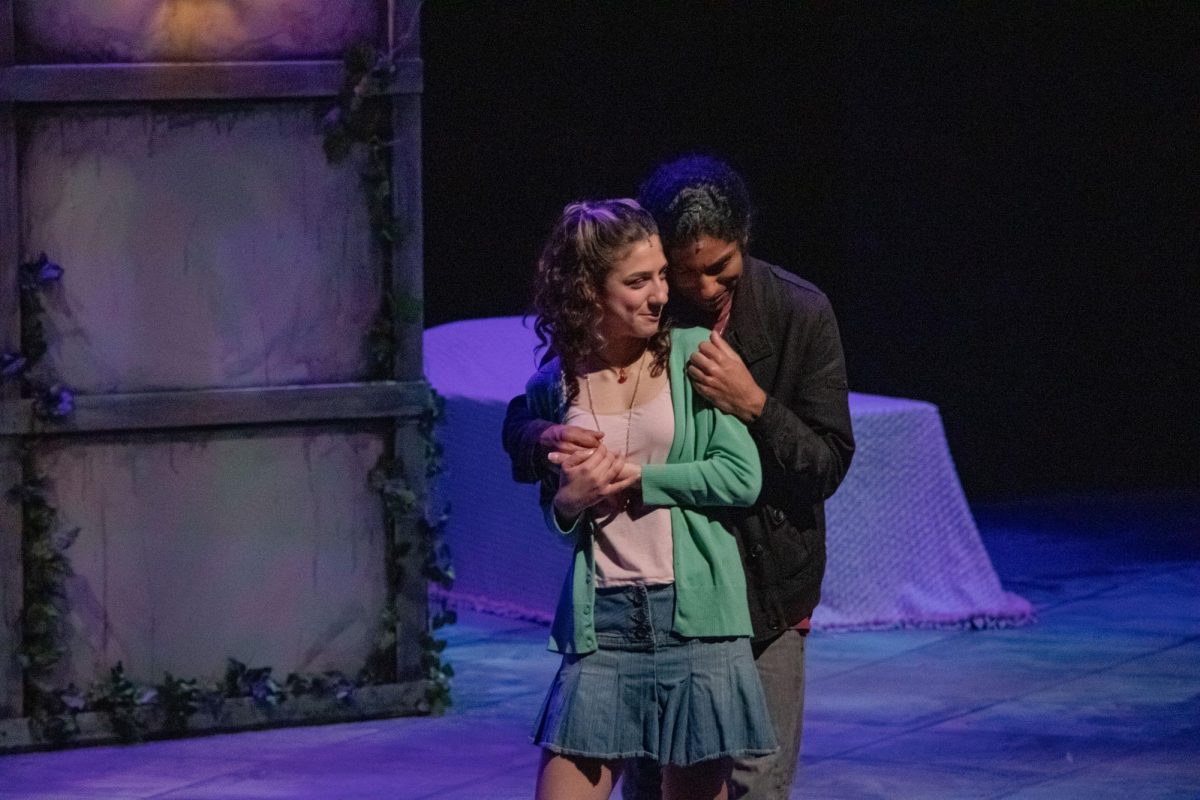
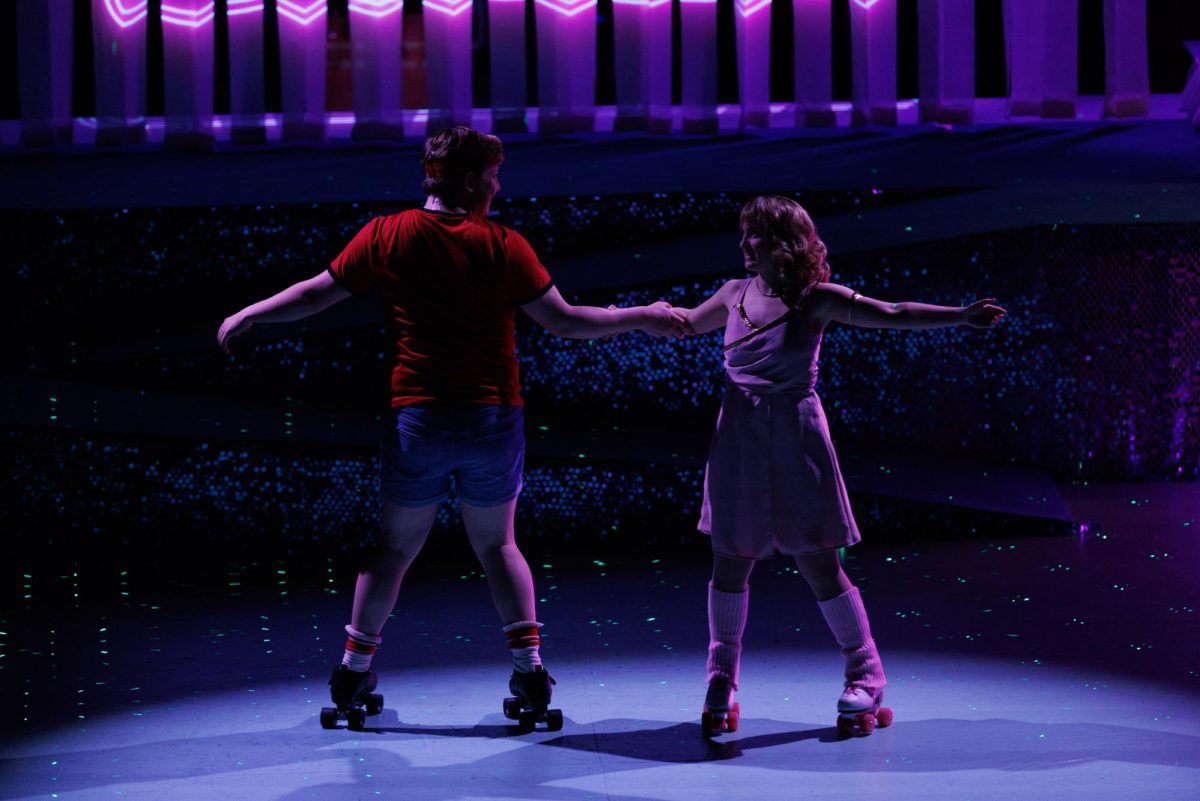
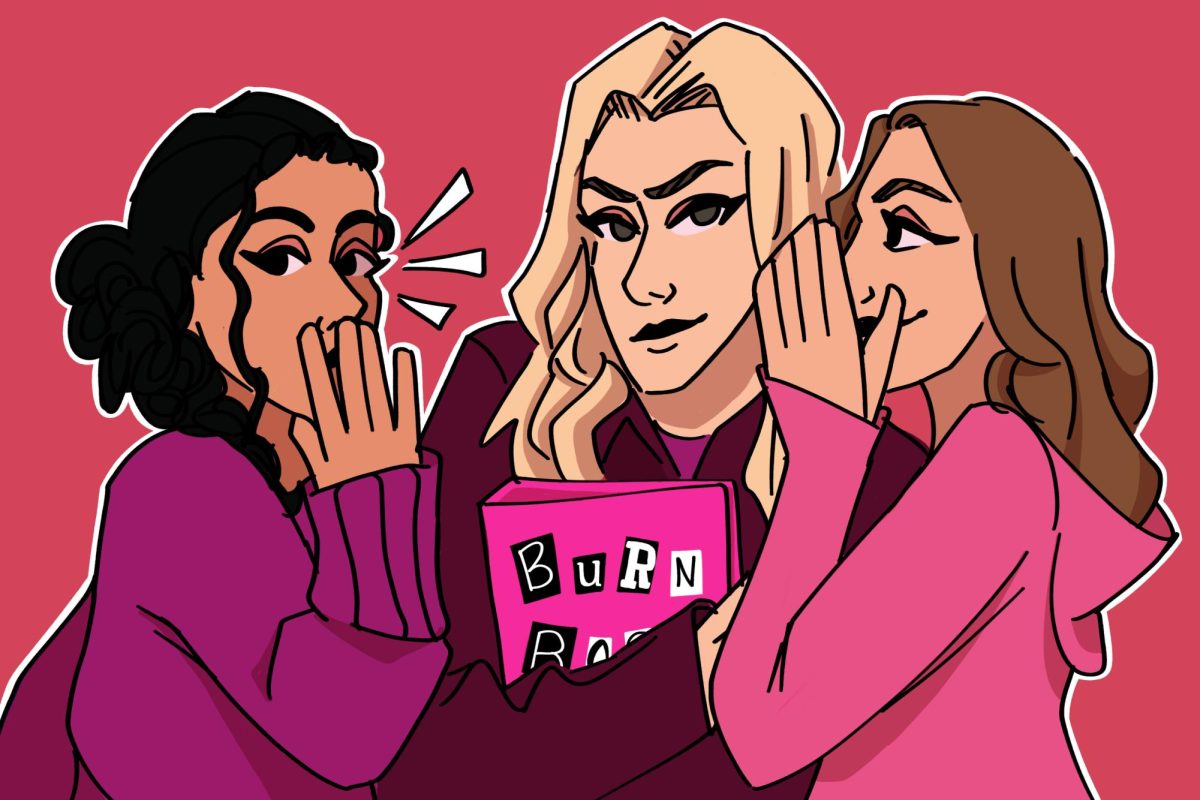
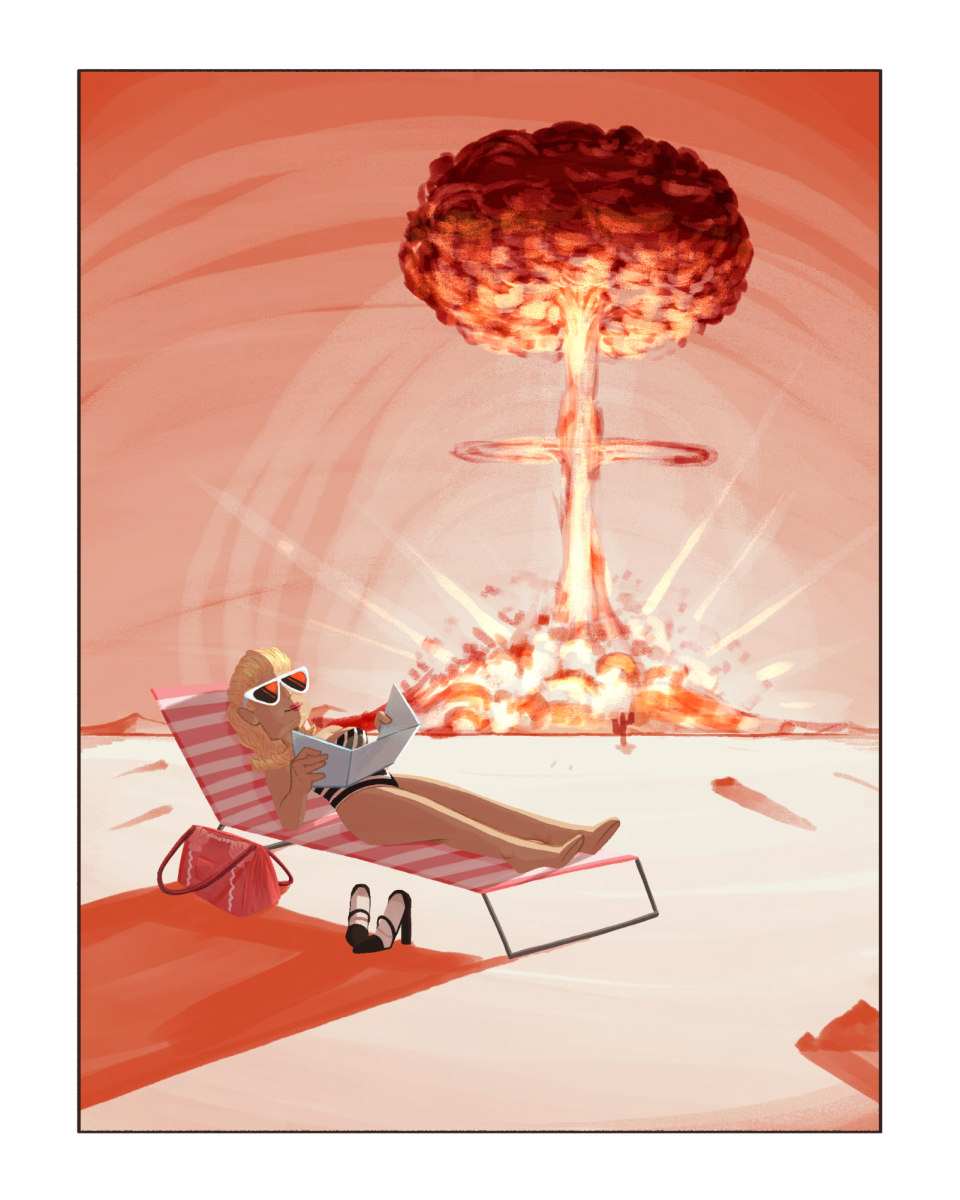
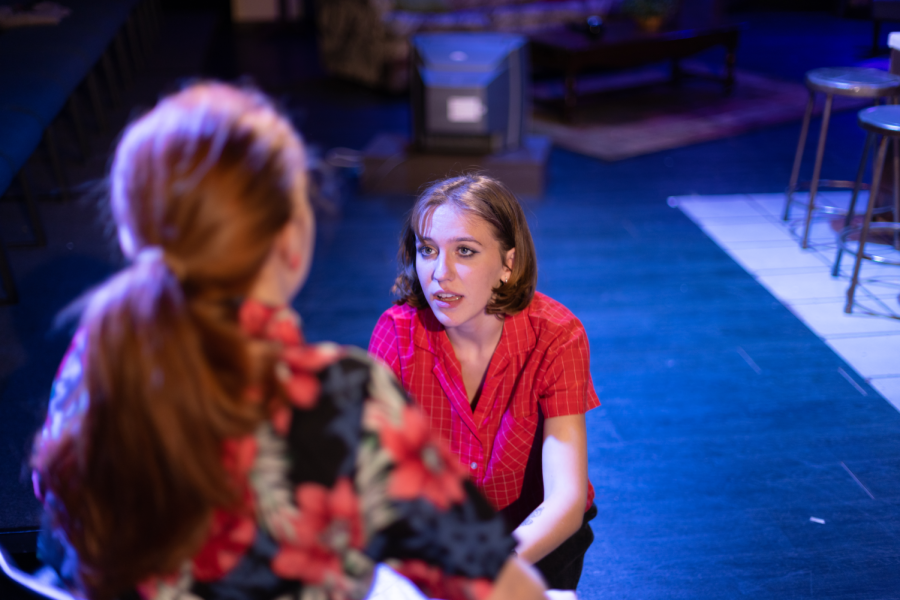

Peggy • Dec 3, 2024 at 6:38 am
Good review and I like how you mentioned counseling services on campus for Students is FREE! Students need to take advantage now as anxiety I think is something just about every one I know has to some degree but I never would have thought about as a mental health issue a counselor could help with. Back in the 70’s my idea of mental health was manic depression or psychotic behaviors we learned about in Psychology class. Thanks!